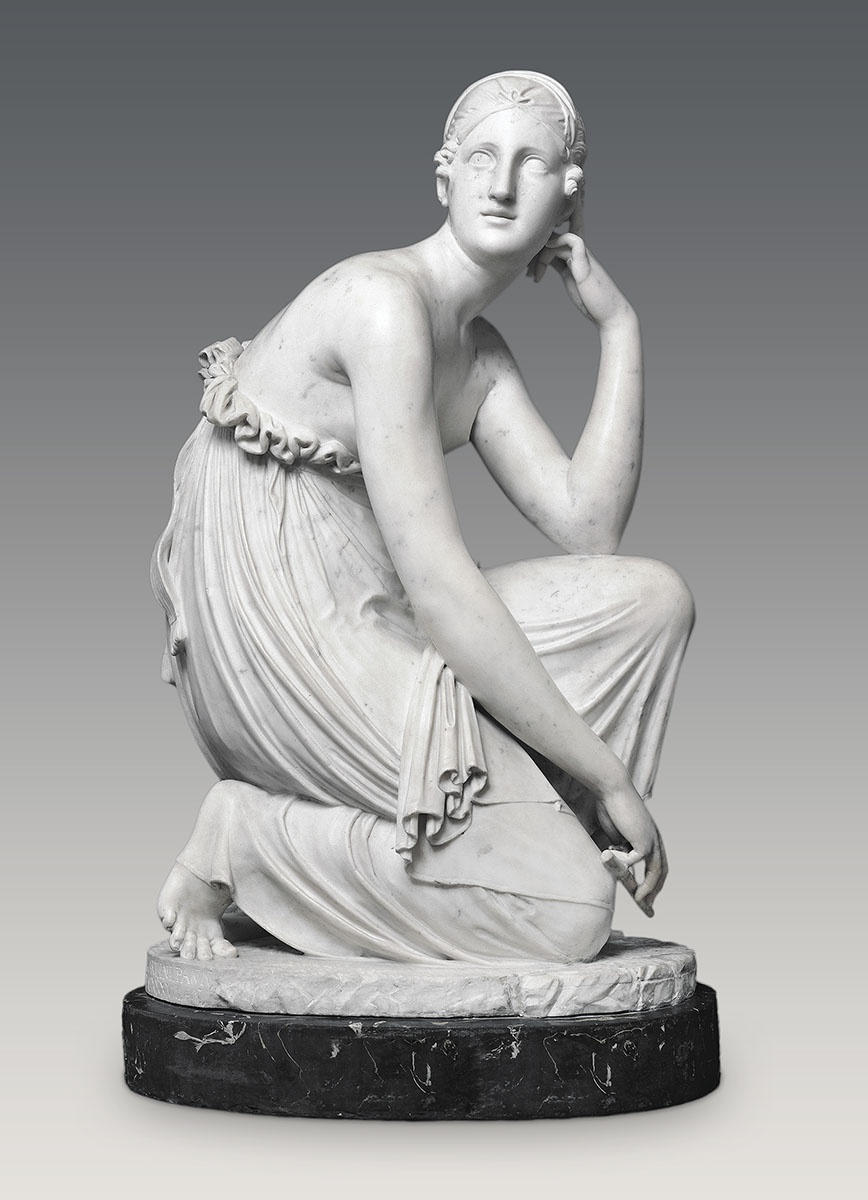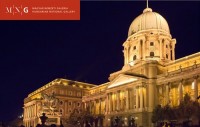The statue evokes an ancient Greek myth, according to which the first artwork was created by a girl in love, who drew the profile of her beloved in the sand as they bid farewell. It is particularly significant that the first work of art was a drawing, since it was considered the basis of all other arts, the bearer of the artist’s first thought, or inspiration. The essence of the artwork is this conceptual content, while the technique used to give its form depends on the skills of the artist.István Ferenczy shaped the shepherdess from marble, and the profile she draws in the sand is also distinct at the base of the statue. The work declares that sculpture is one of the high arts – and not merely a simple craft.The statue attracted considerable attention and Ferenczy found numerous, enthusiastic supporters when he returned home in 1824. He eagerly began his work but was obliged to set aside his more ambitious plans. Commissions for large-scale works did not come and Hungarian marble proved much harder to work with than the Carrara marble he had used in Italy.
en

